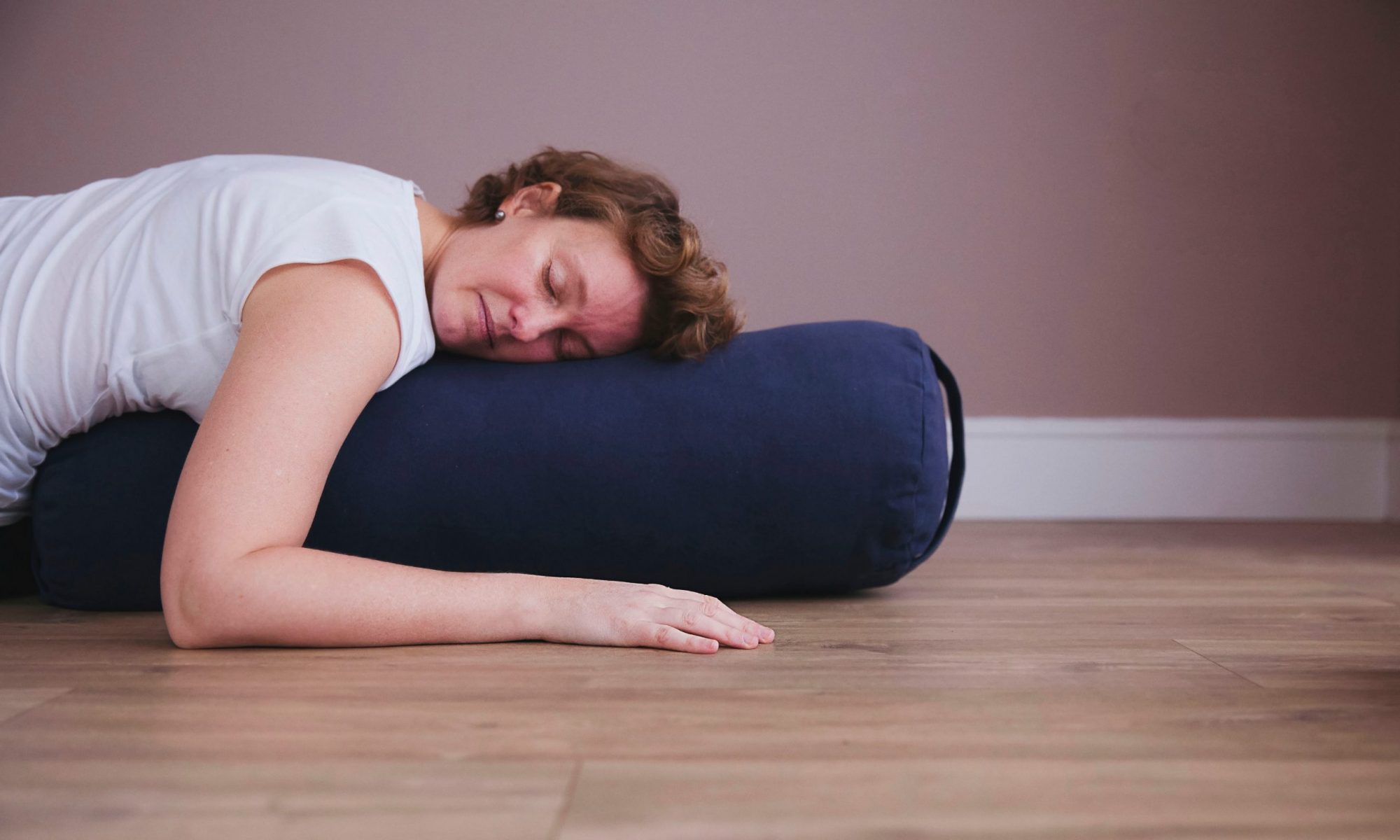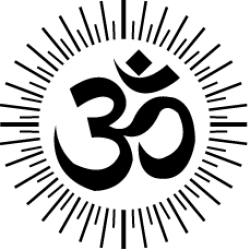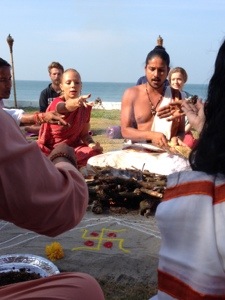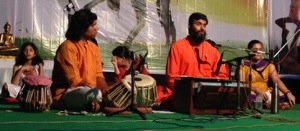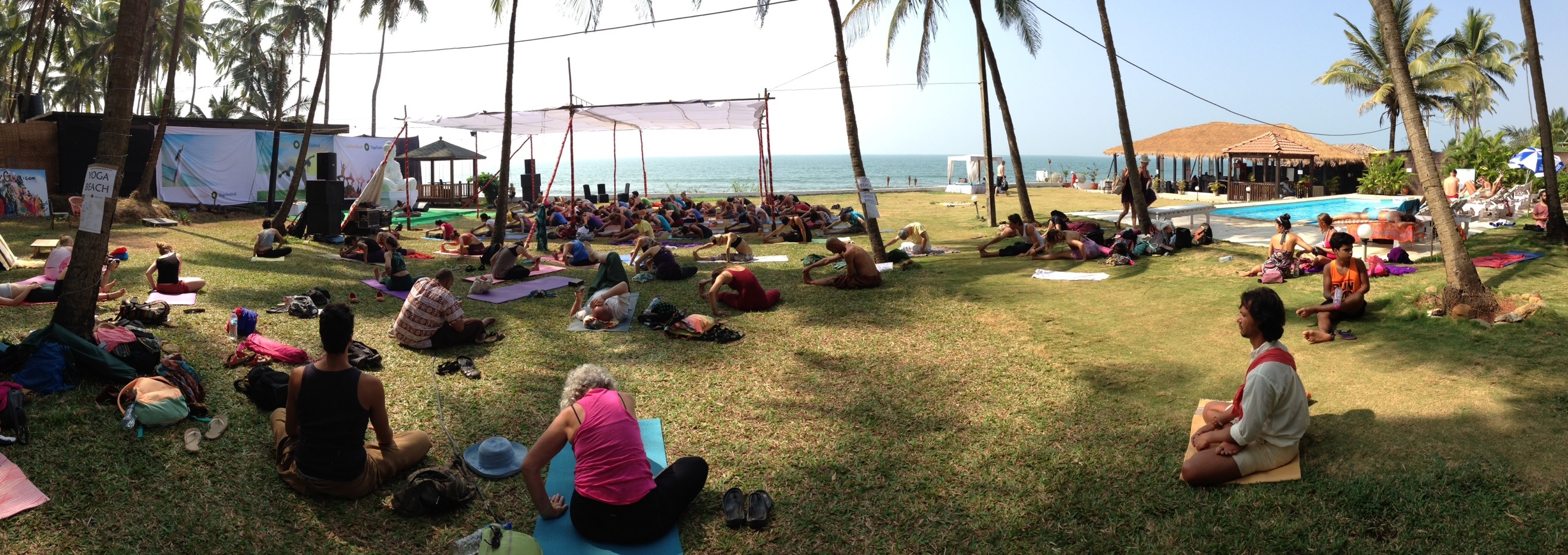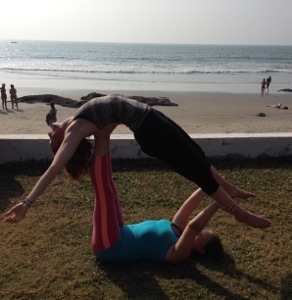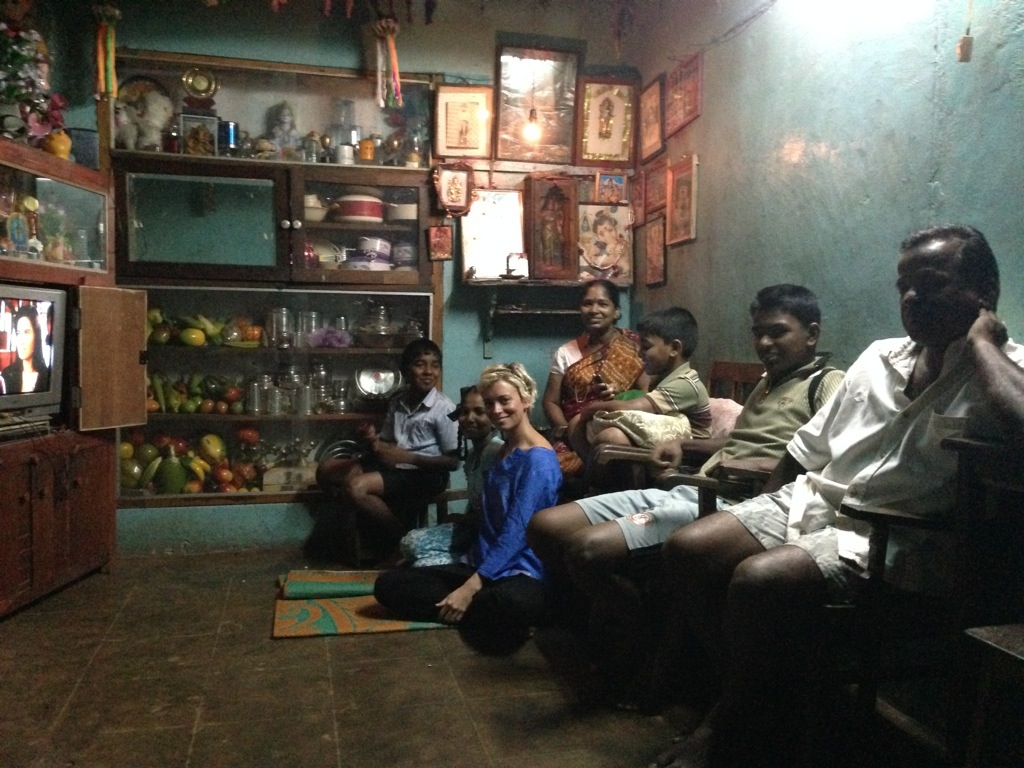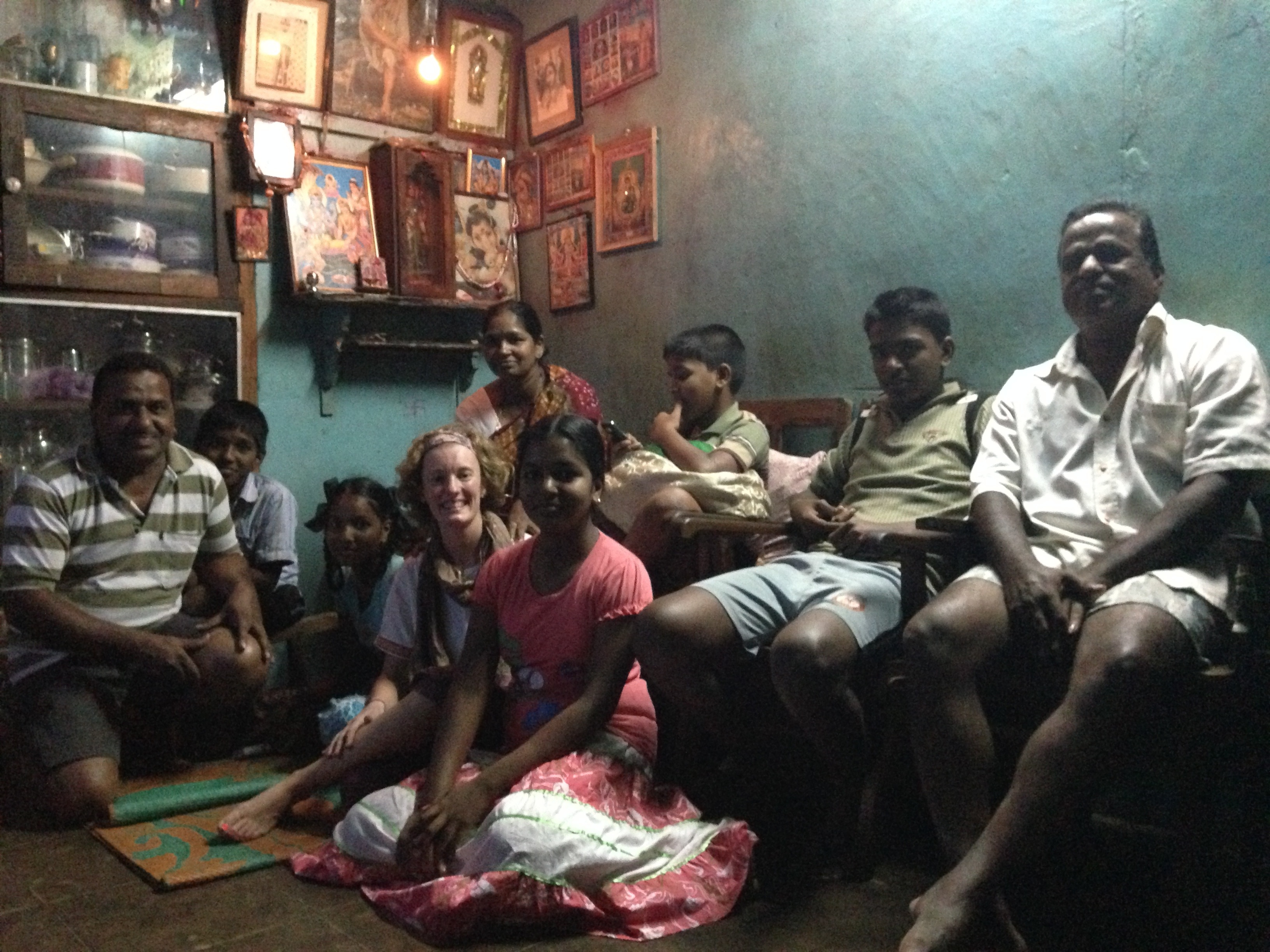I thought you might be interested to read an article I’ve written for namaskar yoga magazine, based in Hong Kong. It’s a review of my 500 hour training course and I wrote it soon after graduating. It’s now been published.
Happy reading!
500 hours of Absolute Michel Besnard
A personalised approach

I was sitting at my desk one grey winter’s day in London within earshot of Big Ben but my mind was elsewhere. A friend had just emailed me a link to the Absolute Yoga website and I was engrossed in reading about the 500 hour teacher training with Michel Besnard at Absolute Sanctuary, Koh Samui.
“Are you ready to take your teaching to the next level?” asked the website. I knew I was. I’d been teaching part time for two years but I felt I needed more confidence to make the transition to teaching full time. The promise of crystal clear turquoise sea and soft white sand lured me too.
Fast forward six months and I’ve now graduated from the training. It’s been an amazing journey. My 13 fellow students came from across the globe – from California to Japan – and Michel Besnard was there for us along the way.
The five-week course was intense and varied. Every day started with a two hour pranayama and Ashtanga Mysore self practice. Some of us had an established Ashtanga practice whereas others – like me – came from different schools and so Michel spent the first week getting us all up to speed.
As the weeks progressed, our morning practices became more personalised. What I particularly appreciated was Michel’s knowledge of both Ashtanga and Iyengar – he’s spent years in India training with both Mr Iyengar and Sri Pattabhi Jois. We used props and he emphasised doing the asanas in a way that suited our own bodies.
He also believes all students should practice elements of the second series. With the primary series focusing on forward bends, back bends such as salabhasana and dhanurasana provide balance in our practice.
Over the weeks, the morning practice continually pushed me. Through plenty of sweat and occasional tears, Michel was there to offer support – and not just by providing physical adjustments.
The rest of the day we learnt about a range of topics. Michelle Lam, a Hong Kong physiotherapist, spent five days teaching us advanced yoga anatomy, we covered Acroyoga and Yin yoga, and we had Carlos Pomeda show us the wonderful world of yoga philosophy. Lucas Rockwood provided many useful insights into the business of yoga and we honed our presentation skills with Akash Akaria, a public speaking expert based in Hong Kong. Suffice to say, the teaching faculty were excellent.
Absolute Sanctuary was a great venue. The infinity pool and steam room were popular for soothing our stretched bodies and we enjoyed watching the stars overhead.
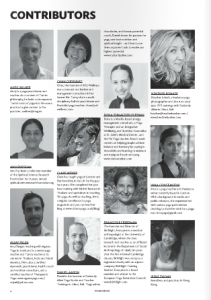
For me, Michel and his teaching assistant Roslyn made the experience truly special. Their good humour and passion for yoga were ever-present during the course.
With Michel’s favourite phrase being “who cares” he taught us the lesson of acceptance: accepting our bodies and our practice. And where we are today is exactly where we’re meant to be.
Having graduated a few days ago, many of us have flown home to our studios and students, eager to share our new knowledge. I too am looking forward to heading back to London and starting my life as a full time teacher but memories of my 500 hour training will stay with me forever.
For more information about Absolute Yoga visit www.absoluteyogaacademy.com. To find out where Michel is next teaching, visit www.yogasana.com.hk
Clare has taught yoga in London and Hertfordshire in the UK for the past four years. She completed her 500 hour training with Michel Besnard in Thailand and specialises in teaching Yin yoga. As well as teaching, she is a regular contributor to yoga magazines and you can read her blog at www.shantayoga.co.uk/blog/.
—
Have you studied with Michel? What memories do you have of your time together? Feel free to leave your comments below.
Or if you’re interested in finding out more about him, have a read of this post from during my teacher training.
View the full namaskar magazine.
